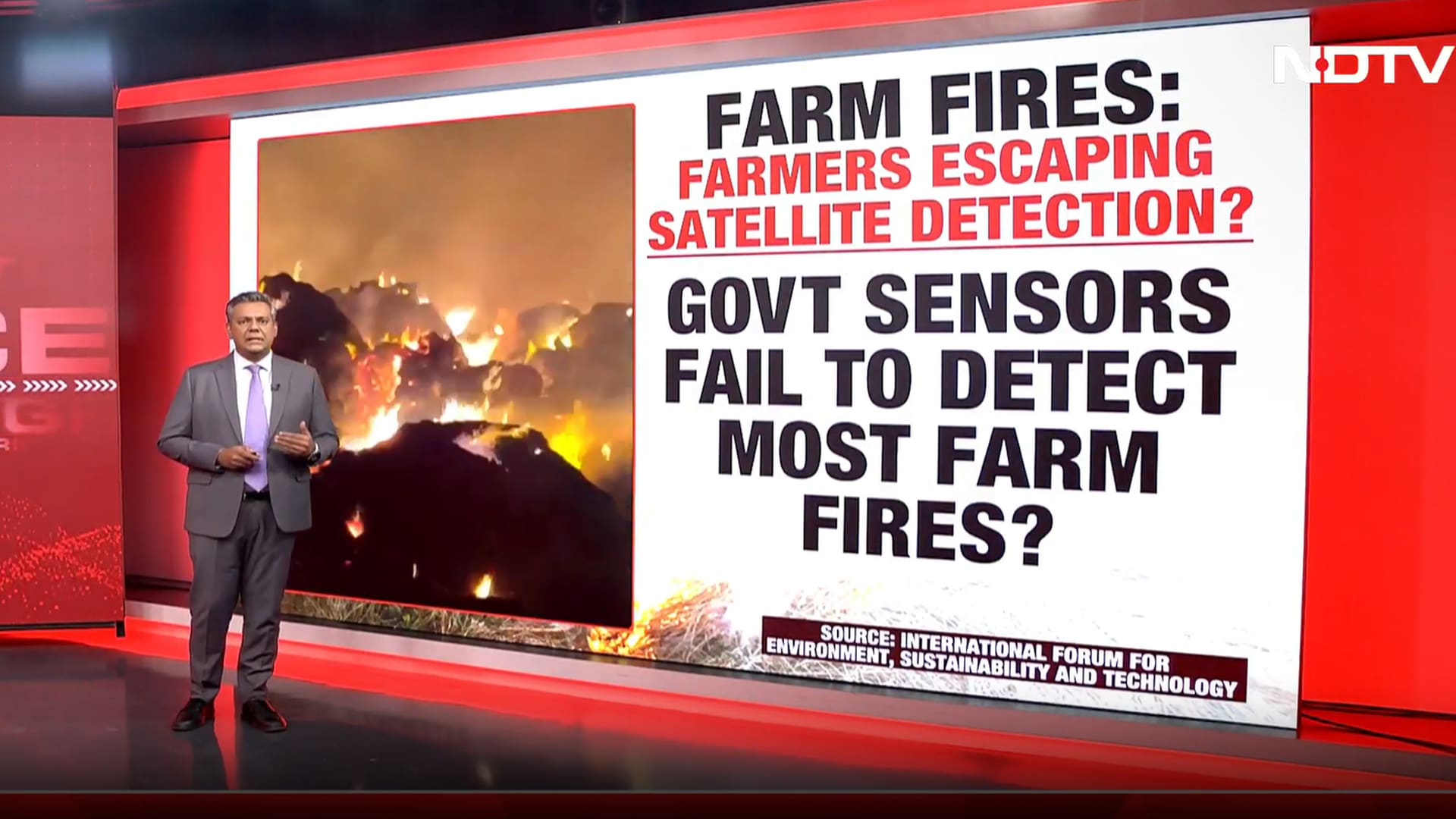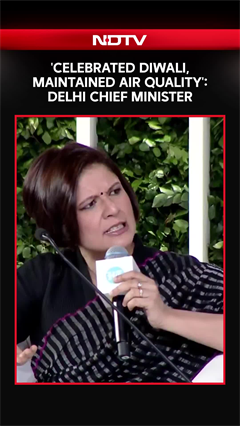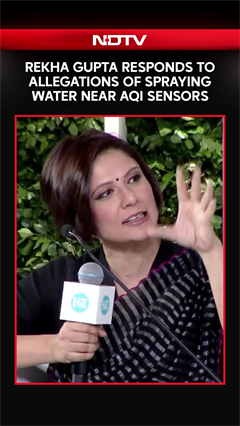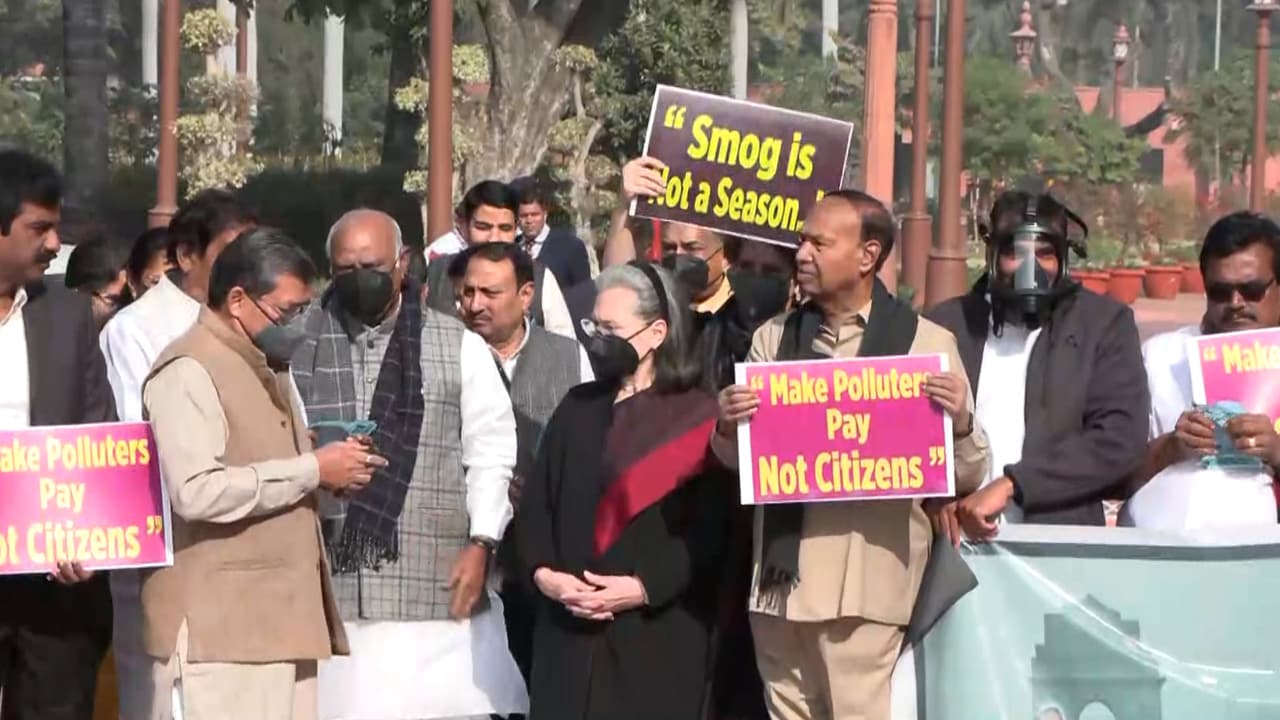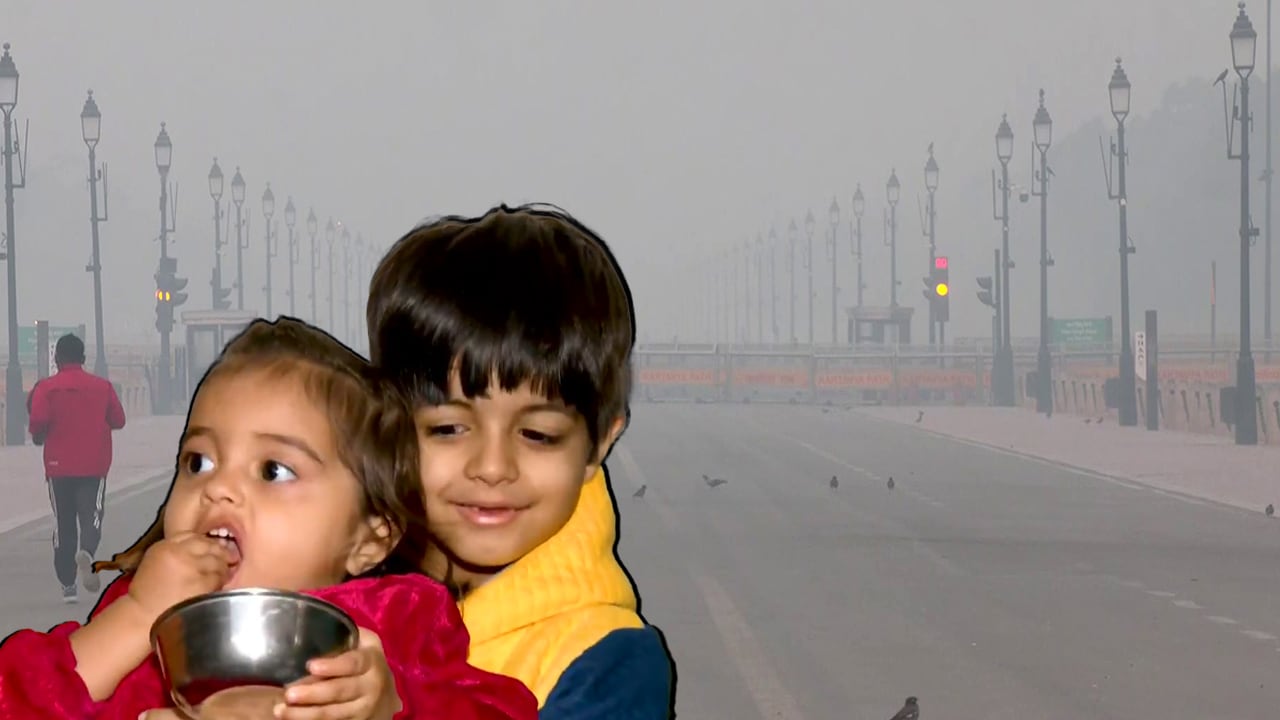- Home/
- 13% Children Born Prematurely. 17% With Low Birth Weight In India: Report
13% Children Born Prematurely. 17% With Low Birth Weight In India: Report

Highlights
- Thirteen per cent of children in India were born prematurely between 2019-21
- Seventeen per cent of children were born with low birth weight during the same period
- Increased PM2.5 exposure during pregnancy raises risks of low birth weight and premature delivery
India's demographic health survey 2019-21 reveals that 13 per cent of children were born prematurely, and 17 per cent with a low weight at birth, with air pollution contributing to the adverse birth outcomes.
Researchers from the Indian Institute of Technology, Delhi, International Institute for Population Sciences, Mumbai, and institutes in the UK and Ireland looked at the National Family Health Survey-5 and remote sensing data to analyse how exposure to air pollution in pregnancy impacted the delivery outcomes.
The team found that an increased exposure to PM2.5 during pregnancy was related with a 40 per cent chance of low birth weight, and 70 per cent of premature delivery.
Climate conditions, such as rainfall and temperature, were found to have a greater link with adverse birth outcomes.
The study, published in the journal PLoS Global Public Health, also found that children living in the northern districts of India could be more vulnerable to the ambient air pollution.
Measuring under 2.5 microns in diameter, fine particulate matter 2.5 (PM2.5) is considered among the most harmful air pollutants, sources of which include burning of fossil fuels and biomass.
The researchers found higher levels of PM2.5 pollutants over the upper Gangetic region, covering states like Uttar Pradesh, Bihar, Delhi, Punjab and Haryana, and lower levels in the country's southern and north-eastern regions.
A higher prevalence of premature births was seen in northern states, such as Himachal Pradesh (39 per cent), Uttarakhand (27 per cent), Rajasthan (18 per cent), and Delhi (17 per cent).
Mizoram, Manipur and Tripura exhibited a lower prevalence of the trend.
Punjab was found to have the highest prevalence of lower birth weight at 22 per cent, followed by Delhi, Dadra and Nagar Haveli, Madhya Pradesh, Haryana, and Uttar Pradesh.
North-east India fared far better on the metric, the authors said.
"Utilising data from the national family health survey and raster images, the study employs various statistical analyses and spatial models to elucidate the connection between in-utero exposure to air pollution and birth outcomes," the authors wrote.
They "observed that approximately 13 per cent of children were born prematurely, and 17 per cent were born with low birth weight." Further, an increase of 10 microgram per cubic metre in PM2.5 exposure was associated with an increase of five per cent in the prevalence of low birth weight, and 12 per cent in premature birth.
The team added that 18 per cent of children born in the five years preceding the National Family Health Survey-5 had a low weight at birth.
The authors called for targeted interventions, especially in the northern districts, and an intensification of the National Clean Air Program.
Launched in 2019, the programme is aimed at improving air quality in India by addressing PM levels.
The researchers also advocated for climate adaptation strategies, such as heat action plans and water management, to be included in public health planning.
Awareness of risks due to air pollution and climate change should be raised as part of public health initiatives, especially among pregnant women, the team said.
(Except for the headline, this story has not been edited by NDTV staff and is published from a syndicated feed.)
also read
Latest Stories
- Press Trust of India | Wednesday December 10, 2025 , New Delhi
Amid high pollution levels in the capital, the Delhi Pollution Control Committee (DPCC) has issued directions mandating a strict ban on the use of coal and firewood in tandoors across all hotels, restaurants and open eateries in the city.
- Press Trust of India | Monday December 08, 2025 , New Delhi
Delhi's air quality remained locked in the 'very poor' category on Monday, with the air quality index (AQI) staying above 300, while forecasts suggest that pollution levels are likely to deteriorate further.
- Reported by Ashwine Kumar Singh | Monday December 08, 2025 , New Delhi
Delhi Chief Minister Rekha Gupta's remarks about the government using mist sprayers to contain pollution at hotspots has drawn a stinging response from her predecessor Arvind Kejriwal.
- Written by Rupashi Chhabra | Monday December 08, 2025
Maintaining lung health is essential for longevity. Here are five simple steps to perform an anti-pollution lung detox for long-term well-being.
- Edited by Astitva Raj | Sunday December 07, 2025
His post clearly explains the various daily challenges he faced after moving to India from Ireland.
................................ Advertisement ................................
Latest Videos
Opinion
Blog | Well Done, Delhi. You've Turned Lung Sacrifice Into A Badge Of HonourSaikat Kumar Bose
Monday November 10, 2025Till some years back, Delhiites would ask angry questions to those in power about the capitals annual tryst with toxic air. This has changed. Those in the driving seat dont see the need to answer now.
Opinion | Why Indians Have Just Given Up On Air Pollution CrisisTanushree Ganguly
Friday December 20, 2024While some may argue that people in Delhi are now more aware of air pollution than they were a decade back, my rebuttal would be that awareness does not mean that people are concerned.
Opinion | You Must Outrage Over Filthy Air More Than Once A YearJyoti Pande Lavakare
Tuesday December 10, 2024Delhi welcomed us with monsoon rains and mangos. We were home. Fast forward a couple of years, in the winter of 2012, I found myself in denial about something other parents, mostly expats, were calling toxic air.
Opinion | Delhi's Air Pollution Situation Is Like A Bad MarriageNishtha Gautam
Friday November 22, 2024On a good day, such as today, the AQI reading in Delhi is 407. We are jubilant at the sickly sunshine trickling through the slightly dissipated smog. At least its not 1600.
दिवाली... पराली... सियासी जुगाली!Ashwini kumar
Monday November 18, 2024दिल्ली-एनसीआर में प्रदूषण का समाधान तो आज तक मिला नहीं. हर साल चिंतित होकर हम-आप सांसों की तकलीफ के साथ-साथ दिल और ब्लड प्रेशर के मरीज भी क्यों बनें?








